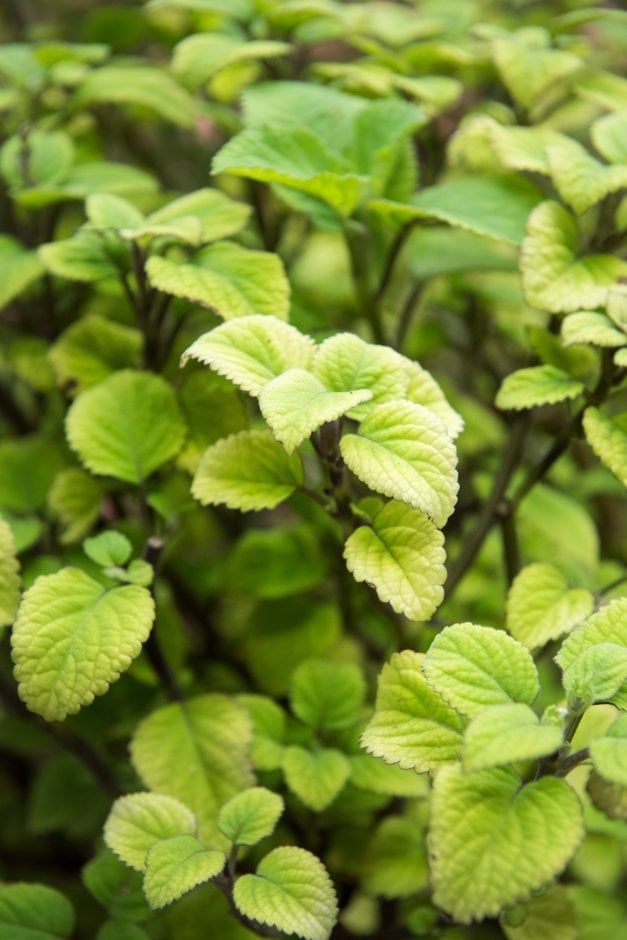Plectranthus zuluensis
Zulu spurflower
An erect or sprawling frost-tender plant to 1m tall and wide with ovate, coarsely-toothed, textured, lime-green leaves. Spikes of blue to pale mauve, tubular, spurred flowers are borne on dark purple stems above the foliage from late spring into summer
Size
Ultimate height
0.5–1 metresTime to ultimate height
2–5 yearsUltimate spread
0.5–1 metresGrowing conditions
Moisture
Moist but well–drained, Well–drainedpH
Acid, Alkaline, NeutralColour & scent
| Stem | Flower | Foliage | Fruit | |
| Spring | Purple | Blue Purple | Green Yellow | |
|---|---|---|---|---|
| Summer | Purple | Blue Purple | Green Yellow | |
| Autumn | Purple | Green Yellow | ||
| Winter | Purple | Green Yellow |
Position
- Full shade
- Partial shade
Aspect
South–facing or North–facing or West–facing or East–facing
Exposure
Sheltered Hardiness
H2Botanical details
- Family
- Lamiaceae
- Native to GB / Ireland
- No
- Foliage
- Evergreen
- Habit
- Bushy
- Genus
Plectranthus can be annuals, evergreen perennials or shrubs, with opposite, ovate or heart-shaped, sometimes fleshy leaves, and 2-lipped, tubular flowers borne in whorls forming spikes or panicles
- Name status
Correct
- Plant range
- Southern Africa
How to grow
Cultivation
Grows well in partial shade in a fertile, well-drained soil; plant outside after risk of frost has passed
Propagation
Propagate by seed or by cuttings taken in summer
Suggested planting locations and garden types
- Patio and container plants
- Sub-tropical
- Ground cover
Pruning
Deadhead spent racemes to promote flowering; trim back after flowering or in spring to promote bushy growth
Pests
Generally pest-free
Diseases
Generally disease-free
Love gardening
Sign up to receive regular gardening tips, inspiration, offers and more
View our Privacy Policy
Get involved
The Royal Horticultural Society is the UK’s leading gardening charity. We aim to enrich everyone’s life through plants, and make the UK a greener and more beautiful place.
_12891.jpg)
